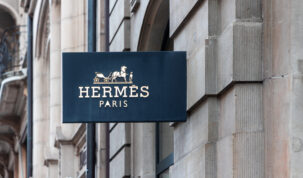ON MARCH 4, 2014, the US Patent Office issued new guidelines on how to evaluate the patentability of inventions reciting or involving “laws of nature/natural principles, natural phenomena, and/or natural products”. Considering the fact that the first federal patent statute of the United States was established in 1790, one might be inclined to believe that the boundaries for what can be patented has long since been settled, but this is far from true. The explosive growth within the life sciences field in the last few decades has really put pressure on the patent system to adapt to the technologies “of our time”. Of course, the legislators in the late 18th century had no idea of concepts like gene therapy and cloning.
Under the current US patent law, the four statutory categories qualifying for patent protection are: process, machine, manufacture or composition of matter. Over the years the courts have interpreted the categories as excluding laws of nature/natural principles, natural phenomena and/or natural products.
Generally speaking, inventions in the following fields are at risk of being classified as ineligible for patent protection:
- chemicals derived from natural sources (e.g. antibiotics, fats, oils, petroleum derivatives, resins, toxins, etc.);
- foods (e.g. fruits, grains, meats and vegetables);
- metals and metallic compounds that exist in nature; minerals; natural materials (e.g. rocks, sands, soils);
- nucleic acids;
- organisms (e.g. bacteria, plants and multicellular animals);
- proteins and peptides; and
- other substances found in or derived from nature.
The key factor in determining whether or not an invention qualifies for patent protection lies in the level of difference from what exists in nature; a claim reflecting a significant difference from what exists in nature is eligible, while a claim effectively drawn to something that is naturally occurring is not.
The new guidelines are intended to assist in making this determination, by establishing six factors weighing towards eligibility and six factors weighing against eligibility. On balance, if the totality of the relevant factors weighs towards eligibility, the claim qualifies for patent protection, while if the totality of the relevant factors weighs against eligibility, the claim should be rejected. Crystal clear, right? Well, the new guidelines also provide some specific examples to illustrate how the guidelines are to be implemented in practice. More information can be found here.
Initially, the new US guidelines appeared to be well-received within the patent community. However, as the practical consequences of the new guidelines sank in, an uproar of
protests have arisen. It also remains to be seen whether the courts’ view of the law is consistent with the USPTO’s guidance. Somehow, it seems unlikely that these guidelines will be the end of the story, so the evolvement of US patent law can be expected to continue for some centuries yet.
Inga-Lill Andersson, European Patent Attorney, Partner




